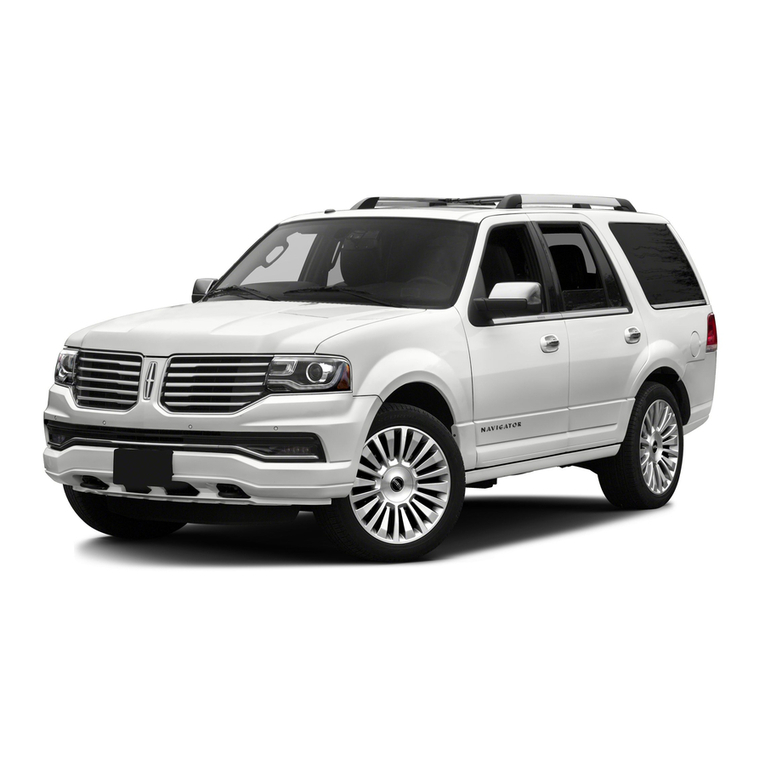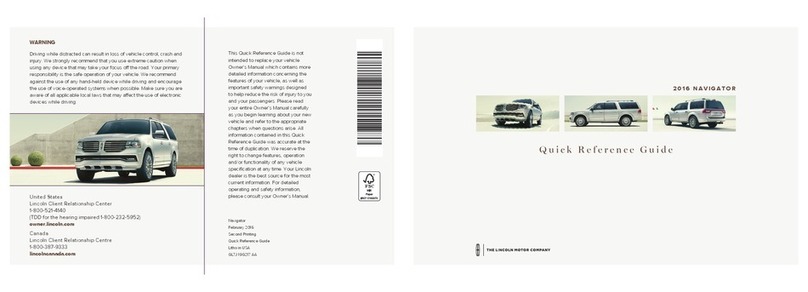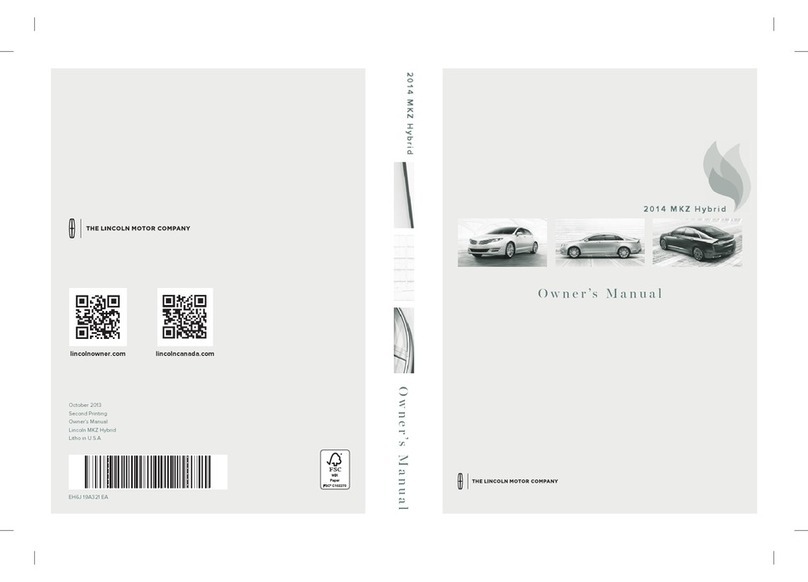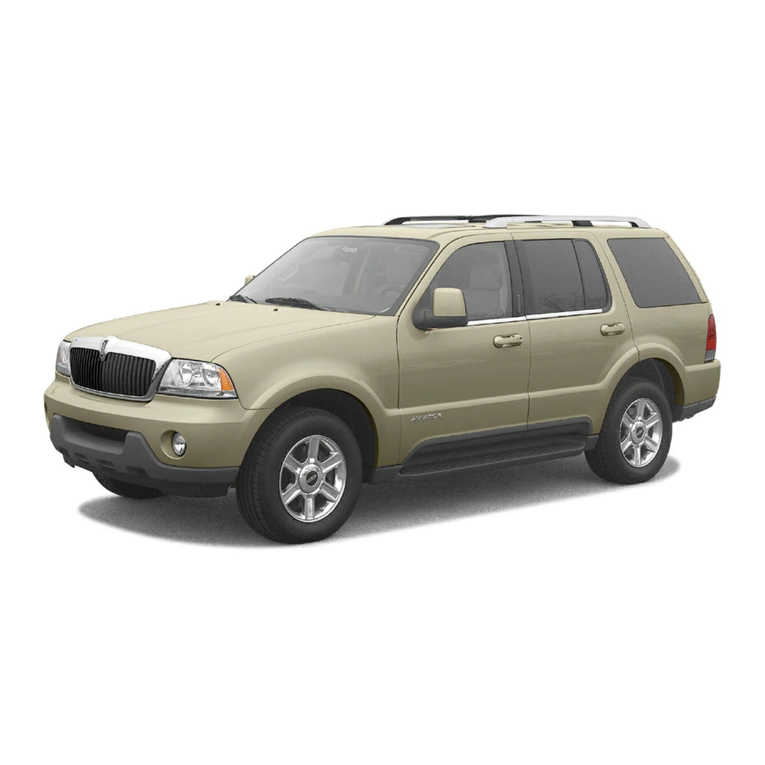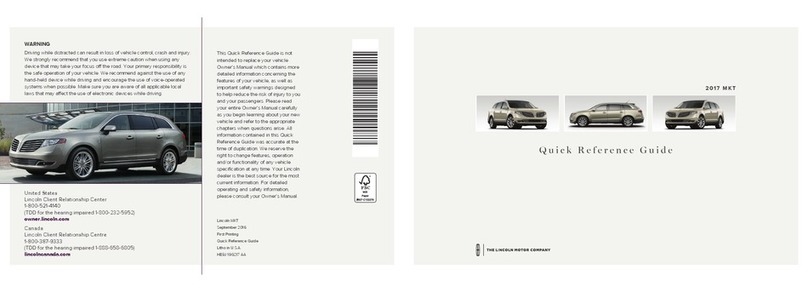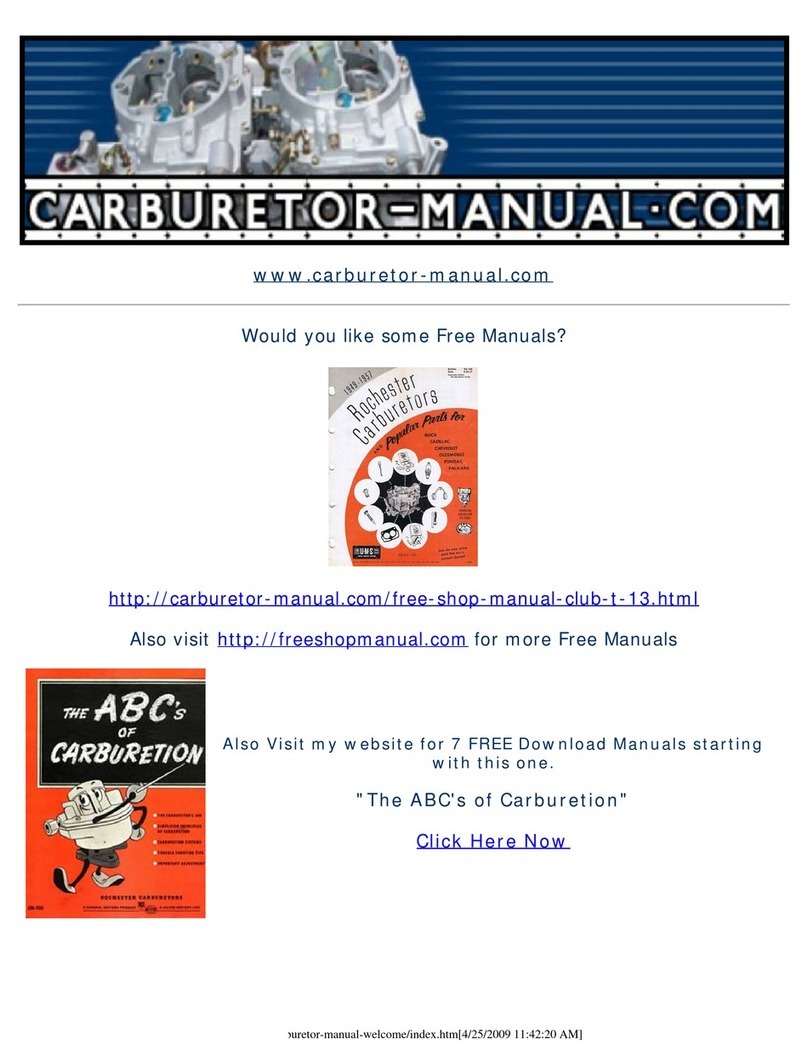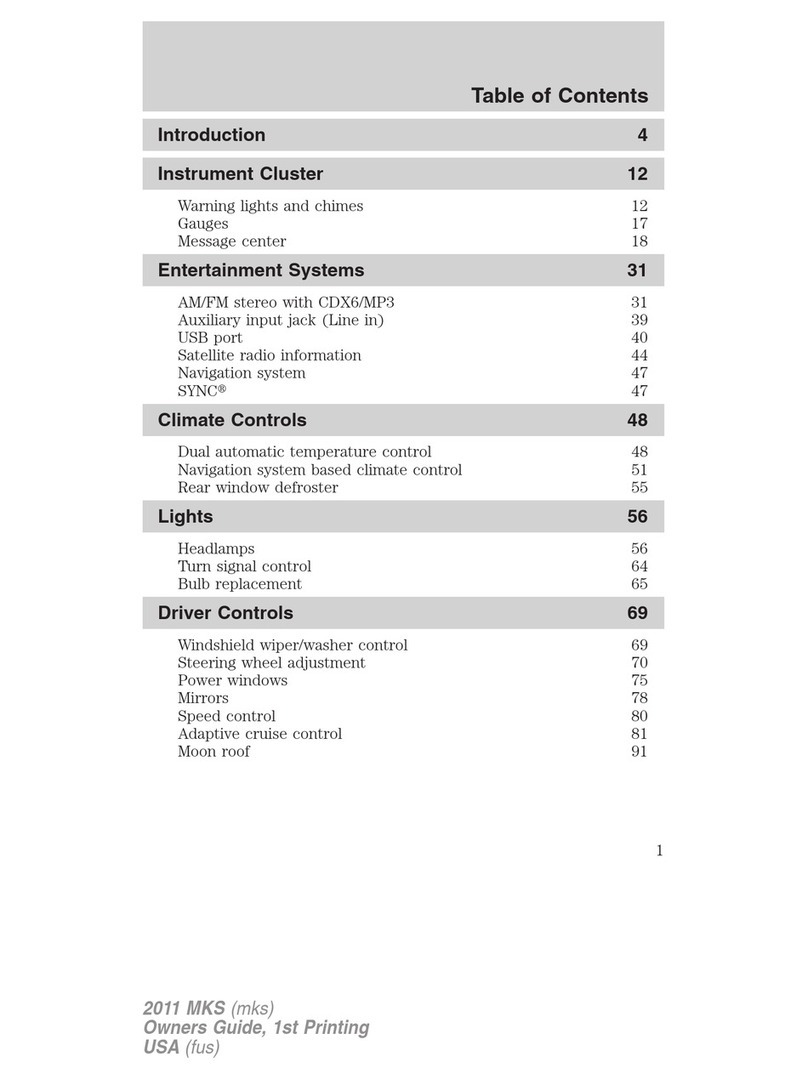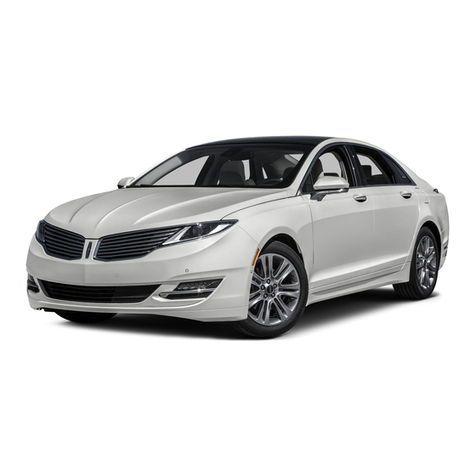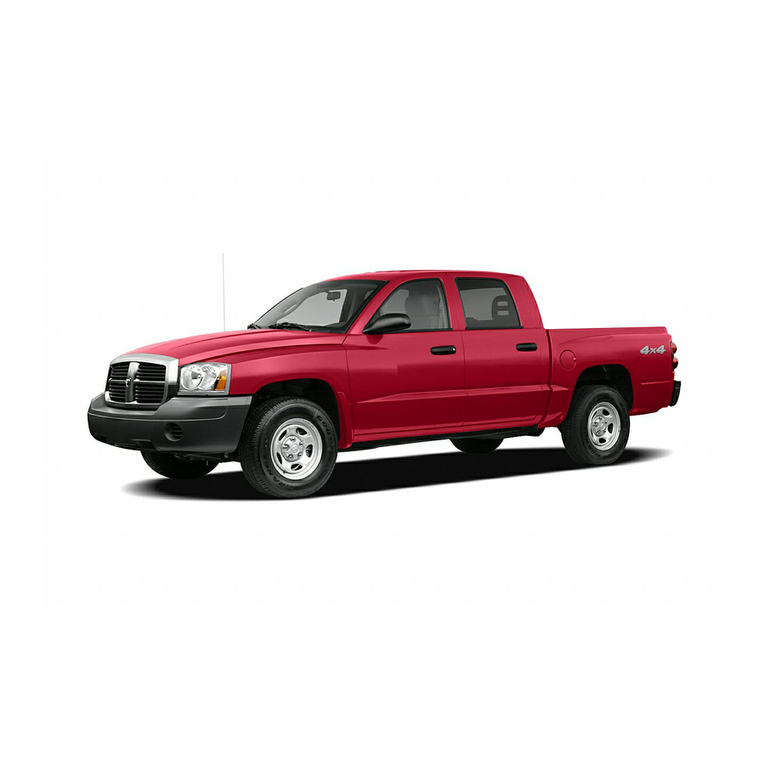
2-2 GROUP
2-BRAKES
BRAKE
BOOSTER
TROUBLE
DIAGNOSIS GUIDE
BOOSTER INOPERATIVE
SLOW
BRAKE
PEDAL
RETURN
(OR FAIL TO
RELEASE)
GRABBING
BRAKES
If
the preliminary tests show
that
the unit
is
not operating, remove
the hose from the power unit
and
check the vacuum source by placing
a thumb over
the
}lose. Remove
the
thumb
and
note the volume
of
suc-
tion (gulp
of
air).
In
case
of
little
or
no suction, check the reserve tank,
vacuum check valve,
and
fittings for
vacuum leaks.
If
no trouble is found
in the vacuum source, install the
hose, making sure there are no kinks,
and
check the power unit.
Check the air cleaner
to
make
sure that it is clean and free
of
restrictions. Remove the booster unit
This condition
may
result from a
clogged booster air cleaner
or
im-
proper master cylinder push rod ad-
justment. Refer to "Disassembly
of
Booster Unit,"
Part
2-2, Section 4
for checking internal causes. Intern-
al causes may be a restricted
air
passage, sticky valve plunger, broken
valve return spring,
or
the atmos-
pheric poppet valve stuck in a closed
position.
The
air
passages should be
checked for restrictions
and
blown
out.
The
valve plunger
may
be
This condition may result from a
broken poppet spring
or
a sticking
poppet valve. Remove the booster
unit from the
car
as described in
Part
2-2, Section 3. Remove the
booster body from the end plate,
and disassemble the booster piston.
(006)
from the
car
as described in
Part
2-2, Section 3. Refer to "Disassem-
bly
of
Booster Unit,"
Part
2-2, Sec-
tion 4 for the internal checks
that
follow. Remove the booster body
from the end plate,
and
inspect the
internal vacuum hose to see that it
is
properly installed
and
is not re-
stricted.
If
the hose
is
faulty, replace
it. Also, be sure the inside
of
the
body
is
clean. Inspect the booster
piston for faulty packing
and
replace
if necessary. Inspect the piston plate
attaching bolts for looseness
and
a
consequent vacuum leak. Tighten if
necessary. Also check the piston to
make sure it
is
not jammed.
touched up lightly with crocus cloth.
Do
not
oil. Replace if necessary.
If
the
return
spring is broken,
weak,
or
distorted, it should be re-
placed.
The
booster piston must be
disassembled to locate
and
correct
the cause
of
a sticking poppet valve.
If
the poppet valve appears faulty,
it should be replaced. Inspect the
vacuum check valve for faulty op-
eration. Be sure
that
the booster
piston
is
free to move in its normal
stroke.
Refer to "Disassembly
of
Booster
Unit"
in
Part
2-2, Section 4.
If
the
poppet return spring
is
broken, weak
or
disturbed, replace it.
If
the pop-
pet valve appears worn
or
bent, it
should be replaced.



